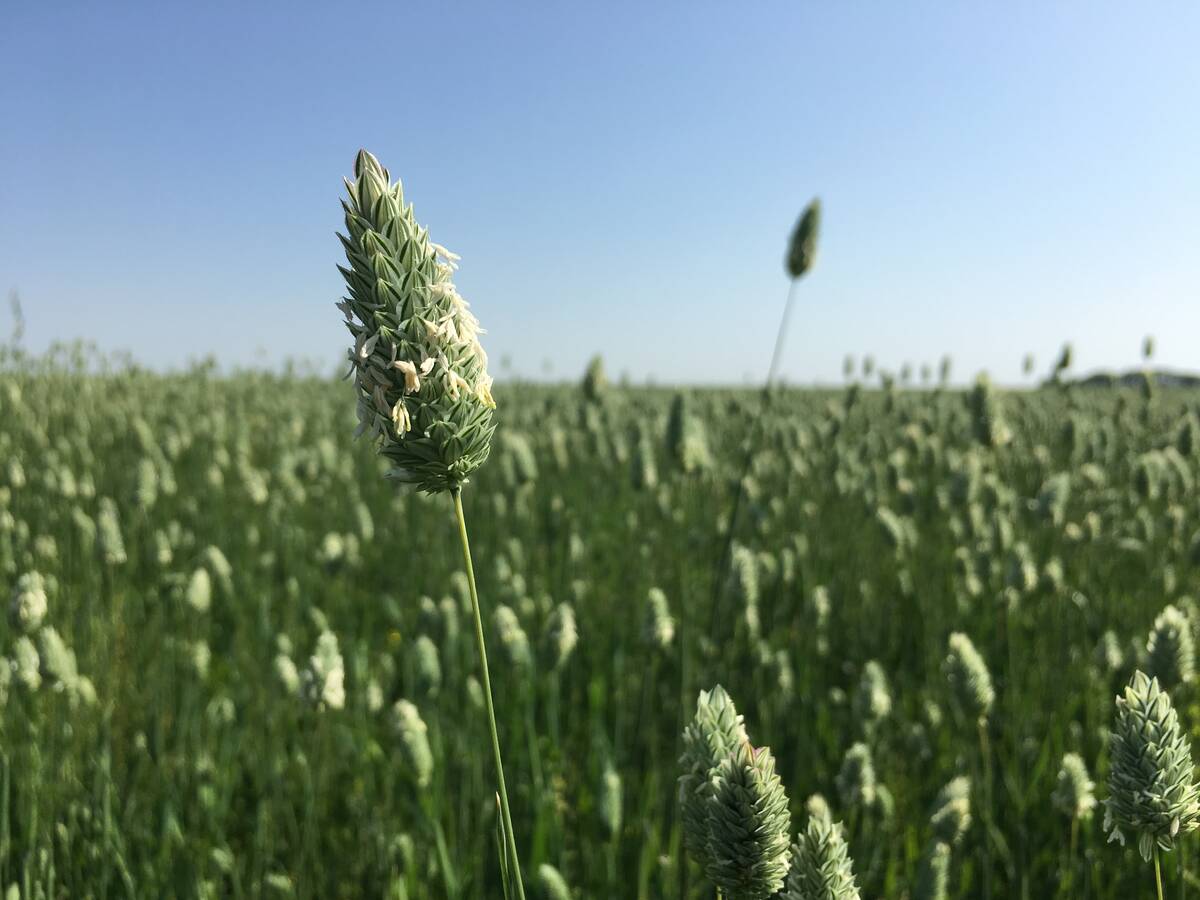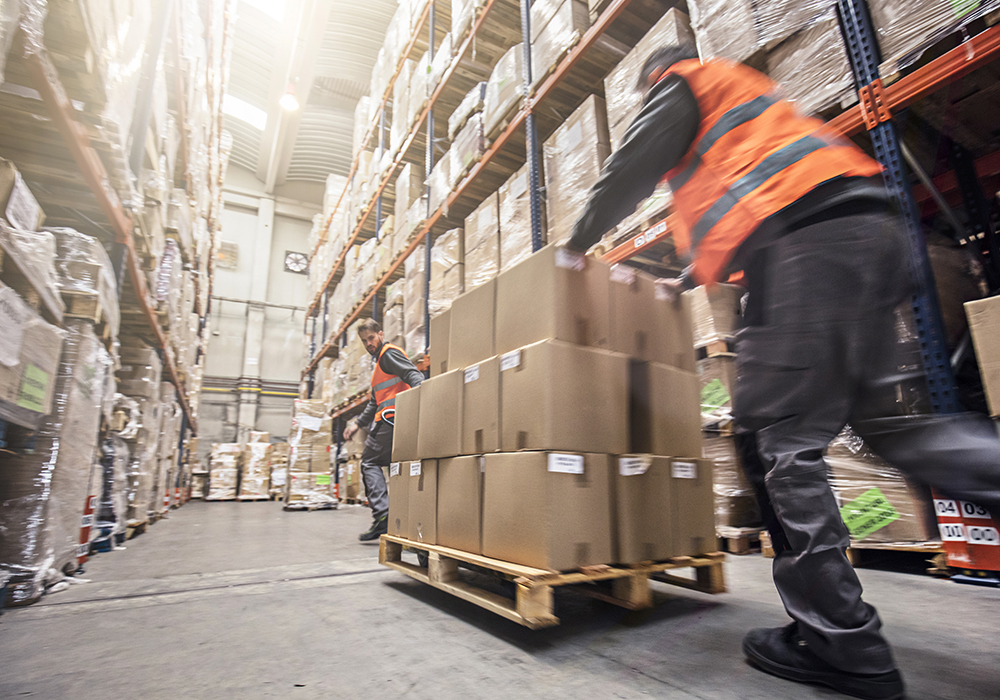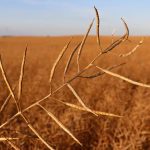Another rail disruption has given farmers yet more reason to worry about agriculture’s vulnerability to supply chain breakdowns.
We were already worried about access to fertilizer, farm chemicals, livestock feed and other crucial inputs this spring.
That was before:
- “Trucker” protests blocked border crossings.
- Russia invaded Ukraine.
- China began losing control of COVID and locking down entire regions.
- Canadian Pacific Railway fell into another labour dispute.
This means existing problems are likely to get worse and our supply chain woes will last longer and go deeper than most of us expected.
Read Also

No special crop fireworks expected
farmers should not expect fireworks in the special crops market due to ample supplies.
That’s probably a good reason to revisit the central logistical question of the pandemic era: have we built our industrial systems — including agriculture — to be too reliant upon just-in-time delivery of crucial components?
Last week, I wrote about how farmers might want to use profits from this coming year’s (assumed) high crop prices to pay down debt, due to rising interest rates.
Maybe people in agriculture — although not particularly farmers — should also think about using earnings to further disruption-proof farms against supply chain failures to ensure supplies of fertilizer, chemicals, seed and fuel.
During the pandemic we have gone back and forth on this subject, as conditions evolved. First, we fretted about our lack of “resilience” in the face of pandemic supply chain breakdowns, with mass shutdowns of ocean shipping, slaughter plants, factories and border closures.
Then we relaxed as the fight against the virus went better than expected, consumers held up better than expected, and all sorts of industries, including agriculture, did better than expected.
Then midway through last year, the inflation surge shot past our predictions of having a “transitory” nature, supply chains groaned and were stretched again as stress fractures grew, and we began to fear that our supply chain woes were not receding into the past.
Today, we are seeing what various disruptive forces can do to our straining systems in a just-in-time economy.
The “trucker” protests showed how a small but determined movement can hold the national economy to ransom, at least for a while. Suddenly, millions of people woke up to the reality that many of our most important industries, and millions of workers and families, rely upon a handful of border crossings.
Right before the pandemic, anti-pipeline activists did the same thing to our national railways, costing farmers and dozens of industries huge amounts of money and complications.
Vladimir Putin’s invasion of Ukraine and resulting western sanctions on Russia are similarly waking up much of the world to the fact that Russia, Ukraine and Belarus are major producers of dozens of commodities, none of which are easily replaced. That war shows no signs of being resolved any time soon.
China’s trouble fighting omicron, which it is still trying to eradicate, has led to tens of millions of people in important manufacturing and shipping centres being locked down, probably for weeks. That’s going to slow China’s economy and ease some of the pressure on the global inflationary spiral. However, the lack of the products those centres produce and transportation problems will exacerbate the chronic shortages already afflicting our western economies and will pressure inflation in the opposite direction.
Many crucial agriculture inputs, such as some chemicals, drugs and electronics, come from and through those areas.
These situations will end, but not likely before having negative effects on farmers. Any input unavailability will directly hit farmers’ ability to produce a crop or raise animals. As well, inevitable input price increases will suck away farmers’ profitability.
So, is it time for our agricultural system to permanently build up inventories and build input storage? Should we allow ourselves to be this tight with fertilizer and chemicals that we can’t guarantee farmers what they need for spring seeding and crop management?
Who would pay for that? Would creating a more assured supply be worth the permanently higher cost it would bring?
We’re some way away from needing to answer those questions. Today it’s a worry and probably a one-year problem. Current crises won’t last, or they will be managed and then we can get back to business as usual.
We should start thinking about these things, though, because there may come a time when things are going a different direction, in a big and bad way.
















